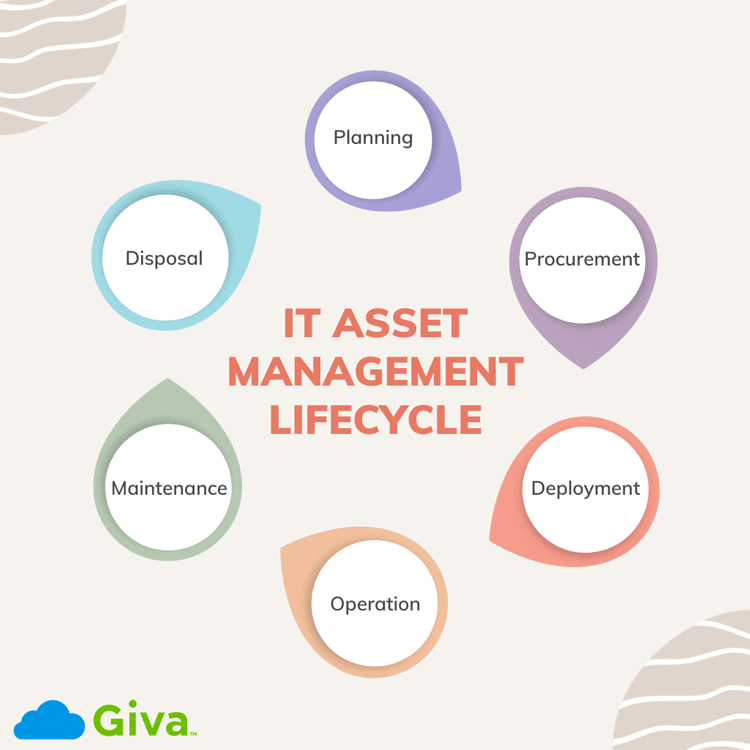How to Use the 80/20 Rule (Pareto Principle) in IT Service Management
The 80/20 Rule is the principle that 80% of the effects come from 20% of the causes. It's often used in business to help identify how to operate more efficiently. It can be applied to almost every area of business, including IT Service Management (ITSM).
IT service organizations and teams are focused on providing the best possible service to their internal customers. Efficiency has always been integral to ITSM. Monitoring Key Performance Indicators (KPIs) and dashboards, and adherence to Service Level Agreements (SLAs) is essential to producing successful outcomes in ITSM.
But how do IT service managers and IT leaders know how and where to focus the team's resources and time?

Across the IT sector, there are hundreds of models and theories as to how IT teams can improve efficiency, deliver projects on-time, and hit KPIs and other SLA-based targets. The "80/20 Rule" is one way to go about this. Of course, it's not the only way, and neither is it a rule or law, merely a useful theory that when applied the right way can work wonders for operational productivity.
In this article, we take a closer look at how ITSM organizations can apply the 80/20 Rule to improve operational efficiency.
What is the 80/20 Rule? (or What is the Pareto Principle?)
The "80/20 Rule" is the most common way of describing the Pareto Principle, created and named after Vilfredo Federico Damaso Pareto (1848 - 1923), an Italian polymath; inventor, economist, sociologist, political scientist, and philosopher.
Among other things, Pareto is responsible for our modern use of the word "elite", and the principle that's named after him originated from the observation that 80% of the land and wealth in Italy belonged to 20% of the population.
In microeconomics, Pareto developed the theory of distribution and efficiency; the basis of what would become the "Pareto Principle", also known as the 80/20 Rule. He introduced this concept in 1906, and it has made a significant contribution to economics and business ever since.
The Pareto Principle is: "for many outcomes, roughly 80% of consequences come from 20% of causes (the 'vital few')."
It's also known as the law of the vital few, or the principle of factor sparsity. In the 1960s, it was a management consultant and engineer, Joseph Moses Juran, who first turned this principle into something businesses and organizations can use to improve productivity, quality management, processes, services, and ultimately, revenue and profitability.
Juran preferred not to ignore the "other 80%", instead for business purposes turning Pareto's concept into "the vital few and the useful many."
Now let's take a closer look at how this rule can be applied in businesses and, in particular, in ITSM.
80/20 Rule Examples in Practice
In a nutshell, the 80/20 Rule states that 80% of the effects come from 20% of the causes. Or more simply put, in most businesses this means that:
- 80% of your sales come from 20% of your customers
- 80% of all errors are due to 20% of the most common and recurring problems
In sales and marketing, it's used to help identify which are the top 20% of customers or products and services. In other words, which of a company's products and services generate the bulk (around 80%) of the revenue? And at the same time, who are your most valuable customers (the top 20%), compared to lower-ticket clients that are only responsible for a small percentage of the overall revenue?
Taking this approach helps to reduce spending too much time on lower-ticket products, services, and customers. Not only does this have a direct impact on revenue and profits, it helps senior leadership understand the best ways to innovate. For example, if you have a product or service range that's performing well with a specific group of customers, it's a smart move to consider how to scale this range and target more of those types of customers to increase revenue overall.
At the same time, products and services that aren't performing well can either be discontinued, or improved, to see if these can drive more revenue and win more customers. It's a smart way of using data to assess performance, taking into account the broad principles derived from Pareto's and Juran's work.
As a G2 article says, "These high-importance tasks and focus areas account for most of your success. It's your 20%. That's not to say that the other 80% won't help drive sales and raise revenue. The Pareto Principle is designed to help you prioritize what deserves the most time and attention."
Now let's consider how the 80/20 Rule can be applied to IT Service Management.
How to Use the Pareto Principle to Improve Productivity in IT Service Management
This concept can be applied in many operational situations, in the majority of organizations (big or small), including in ITSM.
For example, the most common types of ITSM projects or recurring services utilize 20 percent of your time and resources to fix 80 percent of your organization's IT problems. This means that an IT team could be spending 80 percent of their time on what matters most to the business, and only 20 percent on less critical operational services.
Productivity and efficiency is very important in ITSM.
Indeed, one of the guiding principles of the IT sector and profession is using technology to constantly and consistently improve productivity. Whether these improvements are big or small, assuming there's a measurable increase in productivity then an IT project, or the introduction of new technology, has delivered a return on investment (ROI).
The following are some examples of how the 80/20 rule can be applied in IT service management:
- Incident Management: When it comes to Incident Management, it's important to focus on the 20% of incidents that cause 80% of the downtime. By identifying and resolving these critical incidents quickly, you can minimize the impact on the business and improve overall service quality.
- Problem Management: In Problem Management, the 80/20 rule can be applied to identify the root causes of recurring issues. By focusing on the 20% of underlying causes that are responsible for 80% of the problems, you can develop more effective solutions and reduce the number of incidents over time.
- Change Management: With Change Management, it's important to focus on the 20% of changes that have the greatest impact on the business. By prioritizing these changes and ensuring that they are properly planned and tested, you can reduce the risk of downtime and ensure a smooth transition.
- Service Catalog Management: When managing the service catalog, it's important to focus on the 20% of services that are most important to the business. By prioritizing these services and ensuring that they are properly documented and supported, you can improve customer satisfaction and reduce the number of incidents and service requests.
To apply the 80/20 rule in IT service management, start by analyzing your data to identify the 20% of causes that are responsible for 80% of the effects. Once you have identified these key areas, focus your efforts on improving them and measure the results to ensure that you are making progress.
By using the 80/20 rule, IT service organizations can improve their productivity, reduce costs, and maximize ROI. Whether you are working with ITIL, Agile, or other methodologies, the Pareto Principle can be a powerful tool for success.
Thankfully, there are cloud-based systems and software that IT teams can use to improve operational efficiency.
When you use tools such as Giva's IT Service Management, IT Help Desk, and others, you shine a light on what types of tasks and IT tickets take up the most time. You can automate tasks, and gain insights through real-time analytics.
The goal is to find ways to improve processes, automate repetitive tasks, and spend less time on tickets that aren't as important, and more time on tasks that would make a much bigger difference to an organization.
The 80/20 Rule isn't the only way to approach this, but it's certainly a tried-and-tested method that works well in almost every scenario and operational area, including ITSM.



